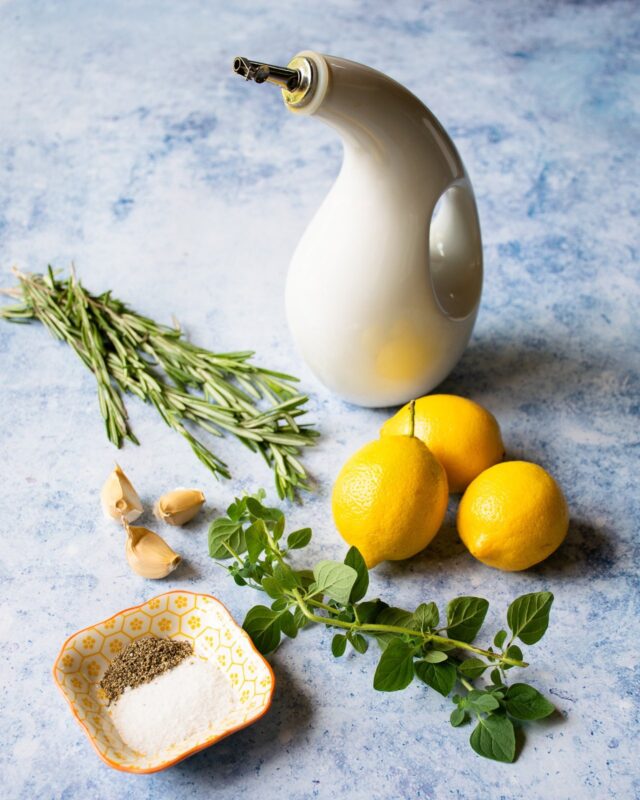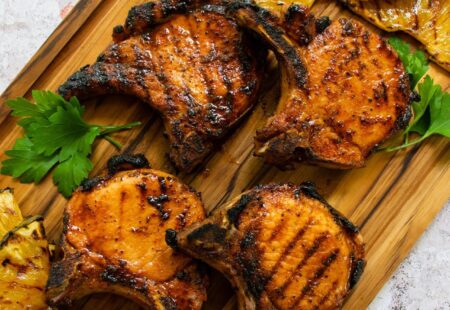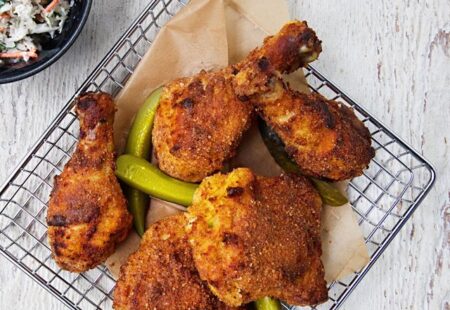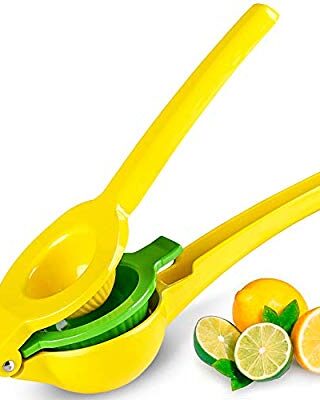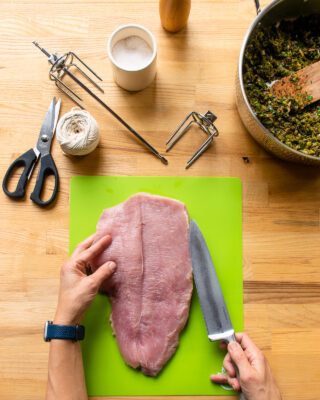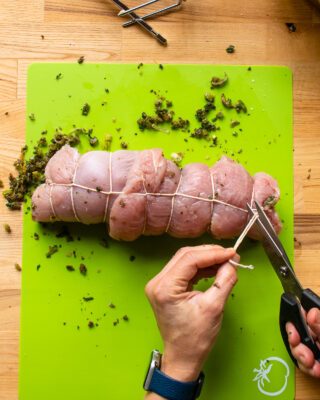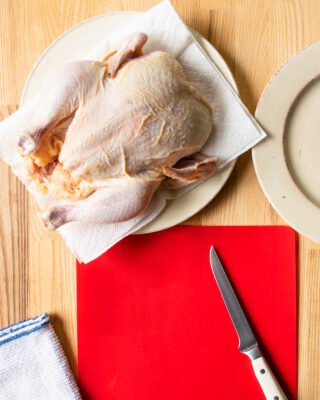To marinate a food is to soak it in a flavorful, often acidic liquid over a period of time. Any combination of ingredients can be made into a marinade, but the goal of marinades is twofold – to add flavor and to tenderize – so it’s important to give these ingredients some consideration before just tossing them together.
Acid
Most marinades include an acidic ingredient because acids start to break down proteins and the cell structures of foods. By breaking down the proteins in this way, flavors from the marinade can more easily penetrate the food and the structural changes makes the food more tender. You don’t want to add too much acid to the marinade, however, unless your goal is to truly pickle or “cook” the food that you’re marinating. Good examples of acid that you can put in a marinade are citrus juices, vinegars, wine, yogurt, buttermilk and pineapple juice.
Fat
Although you don’t have to have fat in a marinade, including fat in a marinade helps to carry and transfer flavors. It also helps keep the food moist as well and protects it a little from the affects of straight acid. Generally, a good ratio of fat to acid in a marinade is 2:1 (two parts fat to one part acid).
Salt
Whether or not to add salt to your marinade is a subject of much discussion and debate in the culinary world. My stance on this issue is that it all comes down to time. Sodium does help to bring out other flavors, but it also draws out moisture before that moisture is eventually drawn back into foods (as is the case when brining foods). So, if you are planning a quick marinating time (under an hour), go ahead and add salt or other source of sodium (like soy, miso, etc..) to the marinade. If you are planning a long marinating time (24 hours), you can also add sodium to the marinade, knowing that by the end of the long marinating time the moisture that is initially drawn out of the food by the salt will be reabsorbed by the food. Any amount of time in between, leave the salt out and season your food before you cook it.
Flavor
When you’re thinking about what flavors you’d like in your marinade, make a plan and stick to it! Too many flavors will muddy the waters, but one or two flavors are perfect to make up the base of your flavor profile. Bold flavors work well in a marinade – dried spices, fresh herbs, garlic – but it’s a good to beat these ingredients up a little so that more of their flavor can be expressed. In other words, toast dried spices, bruise fresh herbs and smash cloves of garlic.
Time
Time matters. If you don’t let the food sit in the marinade, you won’t have much success in transferring flavors or tenderizing the food. If however you are in a hurry (as most of us are much of the time), try massaging or tenderizing foods with a needle-style tenderizer before you submerge in a marinade. This will help to break cell structures and allow marinades to penetrate more easily into the food. Marinating time also depends on what it is you are marinating. Chicken and meats need 15 minutes at the very very least, while seafood should marinate for 15 to 30 minutes maximum.
If your marinating time is short (an hour or less), you can leave meats on the countertop as they marinate. Otherwise, remember to put the food in the refrigerator.
Don’t react…
Always remember to use a non-reactive container when you are marinating. That means use a glass or stainless steel bowl, a ceramic baking dish or a zipper sealable plastic bag. Copper and aluminum are reactive surfaces and you’ll have some of the metal absorbed by the marinade, which is less than ideal!
Stay safe
Finally, it’s very important to realize that marinades have been sitting with raw meat. As such, it is not safe to use a marinade to baste your finished food or as a sauce for your finished food. If you want to baste foods at the end of cooking with marinade ingredients, be sure to set some of the marinade aside before pouring it onto raw meats. Use this reserved and unused marinade to make a sauce or to baste.
Quick Notes:
- The components of a good marinade are acid, fat, salt, flavors and time.
- Acids like citrus juice, pineapple juice, vinegars, wine, buttermilk, yogurt are great marinade ingredients to help break down the cell structures of foods and tenderizing as well as adding flavor.
- Fat, usually in the form of olive oil, helps to transfer flavors in a marinade and slows down the process of cell break down, making it a little more controllable.
- Salt can be added to marinades that are short in duration (under an hour) or long in duration (24 hours), but should be left out of marinating times in between these two extremes.
- Think of your desired marinade flavor profile and stick to it. Don’t add TOO many flavors.
- Use bold flavors in your marinade.
- Time is important in marinating. Massage or tenderize your foods before marinating if you’re short on time. Marinate chicken and meats for at least 15 minutes. Marinate seafood for no MORE than 15 – 30 minutes.
- When marinating for more than an hour, keep the food refrigerated.
- Use a non-reactive container when marinating – glass, ceramic, stainless steel, zipper sealable plastic bags.
- Do not baste foods with a marinade at the end of cooking unless the marinade unless it has been boiled first.
